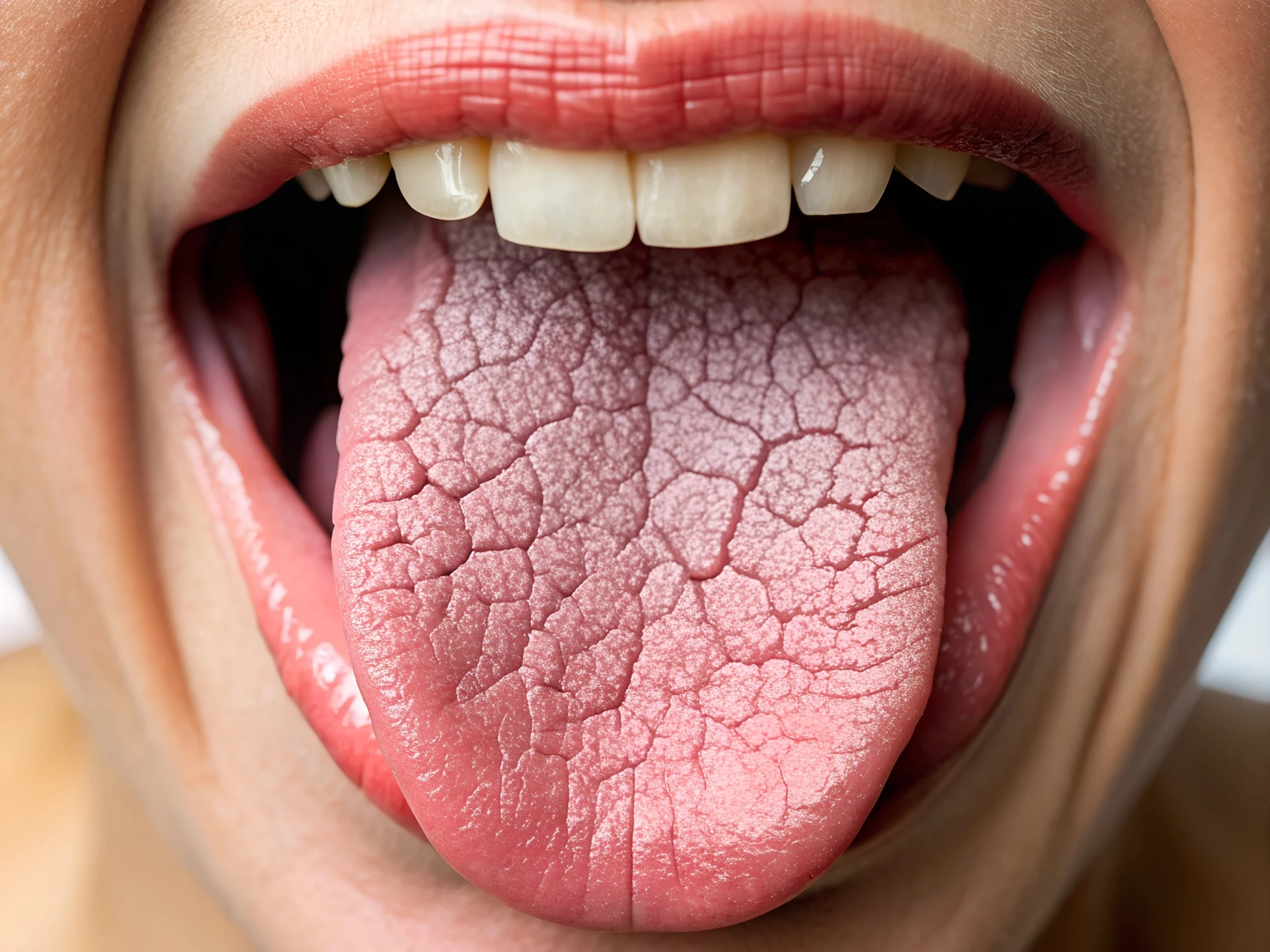
Wisdom teeth, also known as third molars, are last in line in the back of the mouth. But not all of us have our wisdom teeth, for a variety of reasons.
For many people, wisdom teeth emerge from the jaw between the ages of 17 and 25 years, and they don’t cause problems. In other people, the wisdom teeth become impacted, which means that they are trapped within the jaw and unable to emerge. But that’s not always a bad thing. Impacted wisdom teeth often cause no symptoms or pain and stay within the jaw for life.
But in some cases, the impacted wisdom tooth does cause problems. You may experience redness and swelling around the area where the tooth is impacted as well as jaw pain, headaches, and a strange taste when you bite near the area of the impacted tooth.
Wisdom teeth are a holdover from the earlier days of humans, when we ate a more primitive diet and needed more teeth. Humans today have smaller jaws and many of us are unable to accommodate these late-emerging teeth. As wisdom teeth try to emerge, they can push other teeth out of the way and interfere with orthodontic work. Also, partially emerged wisdom teeth can provide a breeding ground for bacteria, and bacterial build-up can lead to severe gum disease.
Even if impacted wisdom teeth are causing no symptoms, some dentists recommend removing them surgically to prevent the possibility of future problems. Fortunately, wisdom tooth extraction is a common outpatient procedure, performed under local anaesthesia. As with any surgery, expect some residual bleeding, swelling and bruising in the first few days, and limit your activities. But most people recover quickly and easily.
Extraction of wisdom teeth
In most cases, it's recommended that impacted wisdom teeth be extracted. Depending on the position of it, wisdom tooth removal can be performed in your dentist's office, at an outpatient surgical facility or in a hospital.
The removal procedure
To extract wisdom teeth, an incision is made and overlying soft tissue and bone are removed, exposing the crown of the impacted tooth. The tooth is extracted whole or surgically cut into large pieces, which can be removed separately if the entire tooth cannot be removed at once. The site is then closed with stitches. If the tooth is not impacted, extraction is the same as with other teeth.
Wisdom tooth removal recovery tips
After the procedure, ask your dentist about these techniques to help ease discomfort and promote healing:
Use ice packs on the cheek for swelling, alternating on and off every thirty minutes
Apply biting pressure with clean gauze to stop bleeding
Eat soft foods and drink extra liquids
Brush carefully the day after surgery
Take prescribed medications and follow all instructions
Avoid using drinking straws to preserve the blood clot in the tooth socket
Use a therapeutic rinse if recommended by your dentist
Related Articles
Sign Up
for expert advice and exclusive offers




